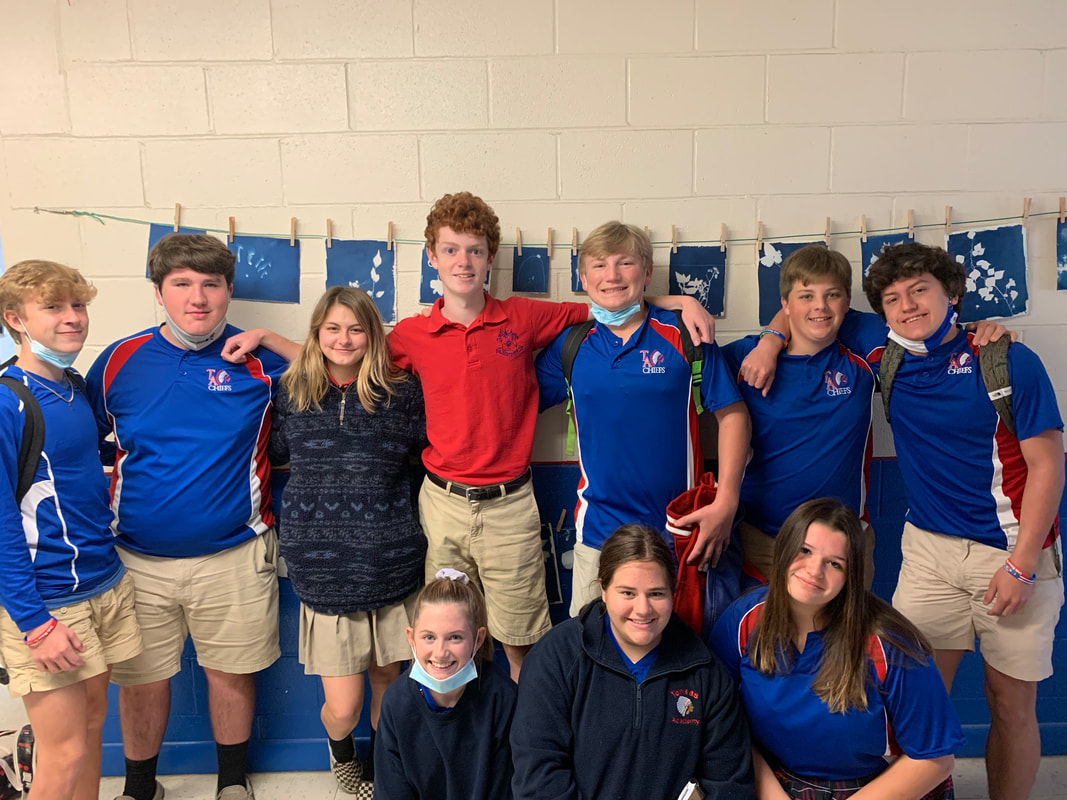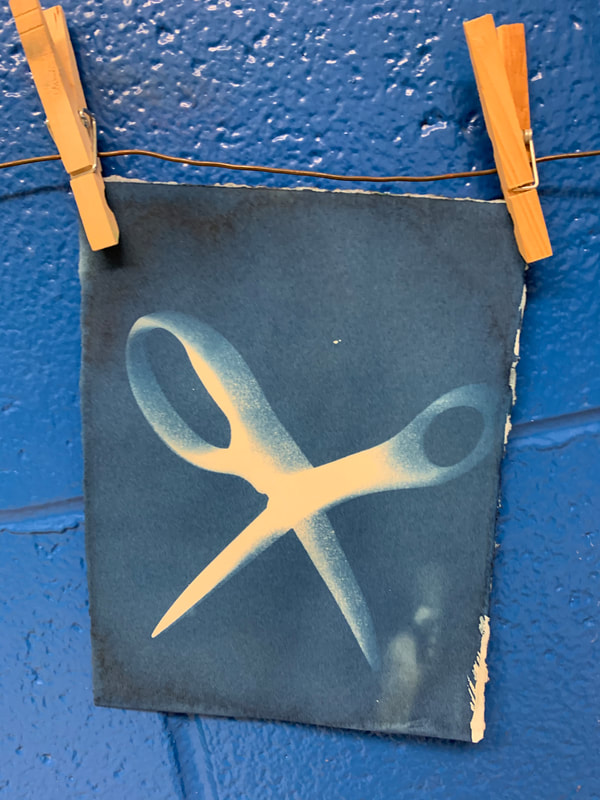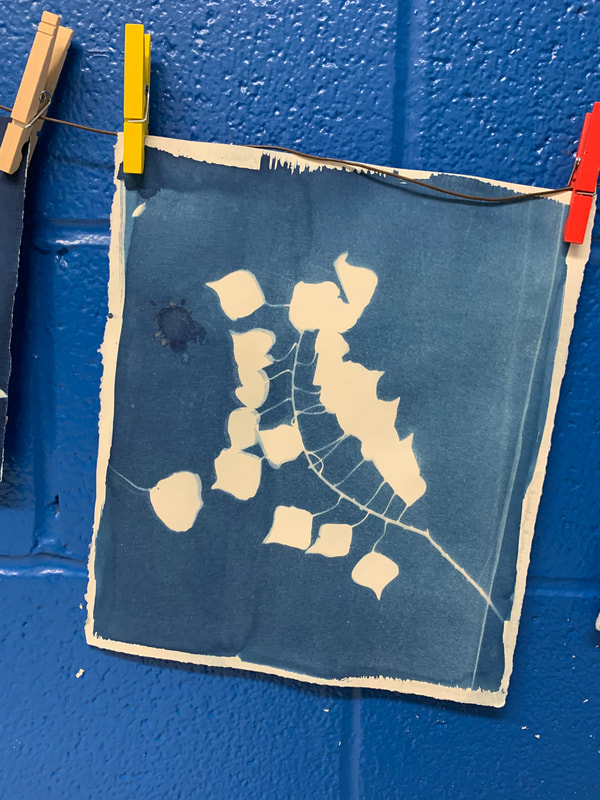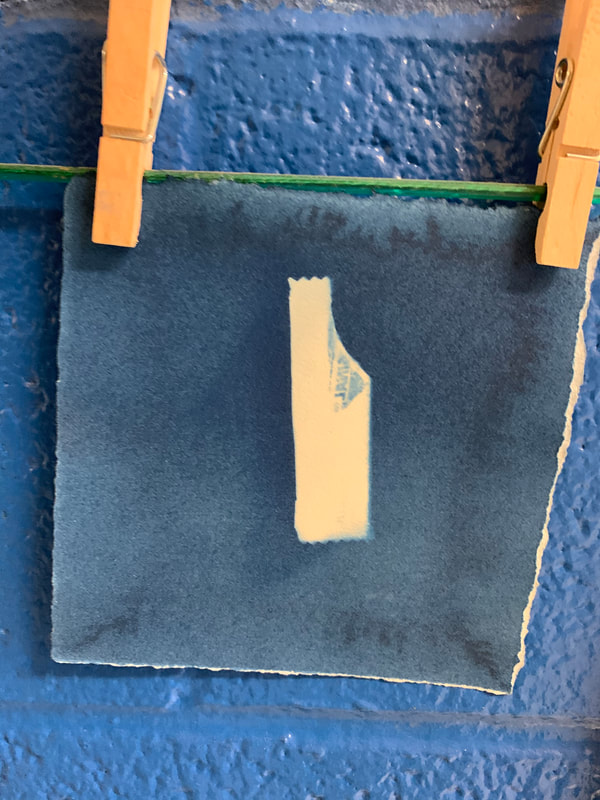Cyanotype is a photographic printing process that produces a cyan-blue print. Engineers used the process well into the 20th century as a simple and low-cost process to produce copies of drawings, referred to as blueprints. The process uses two chemicals: ferric ammonium citrate and potassium ferricyanide. When exposed to UV light and washed in water, the chemicals oxidize to create images. The technique was invented in 1841 by Sir John Herschel and was popularized by photographer and botanist Anna Atkins.
“The half-circle of blinding turquoise ocean is this love’s primal scene. That this blue exists makes my life a remarkable one, just to have seen it. To have seen such beautiful things. To find oneself placed in their midst. Choiceless. I returned there yesterday and stood again upon the mountain.” -Maggie Nelson, Bluets
“The half-circle of blinding turquoise ocean is this love’s primal scene. That this blue exists makes my life a remarkable one, just to have seen it. To have seen such beautiful things. To find oneself placed in their midst. Choiceless. I returned there yesterday and stood again upon the mountain.” -Maggie Nelson, Bluets











 RSS Feed
RSS Feed